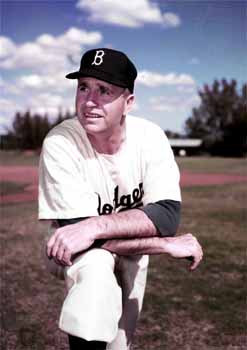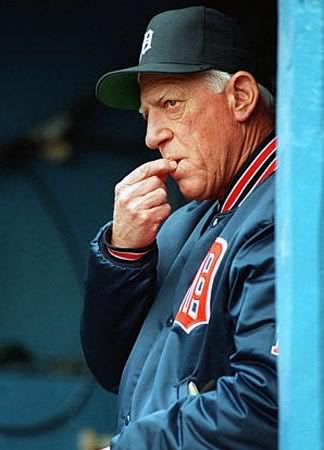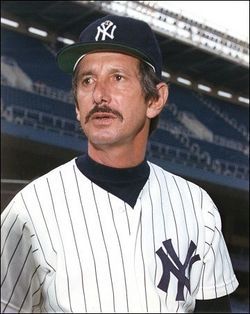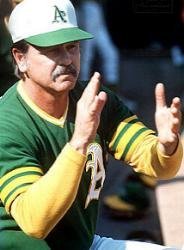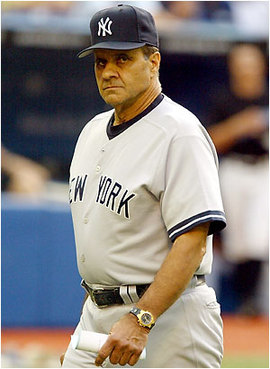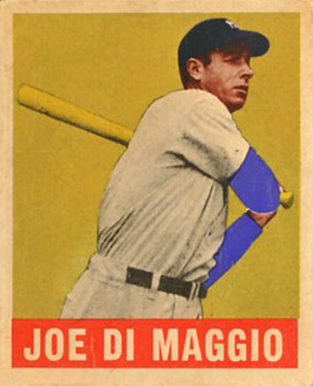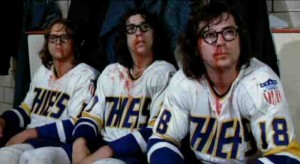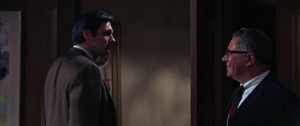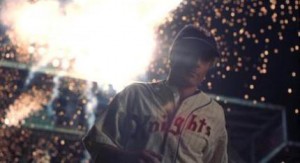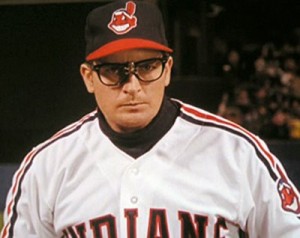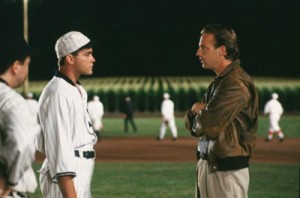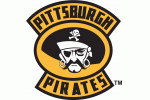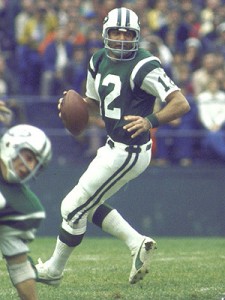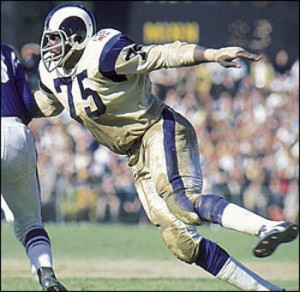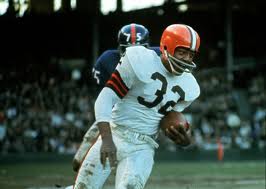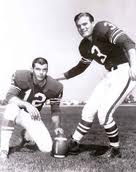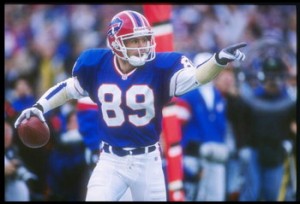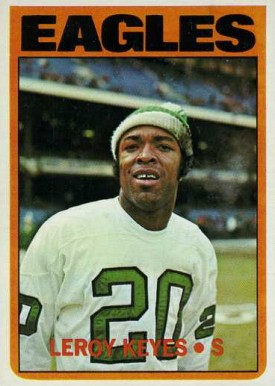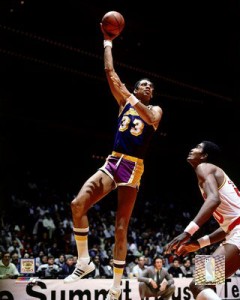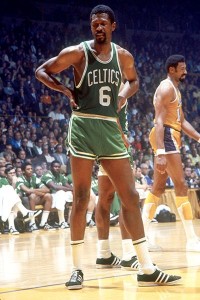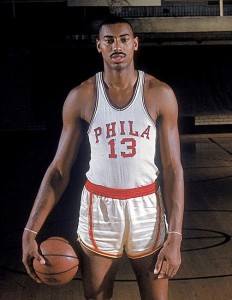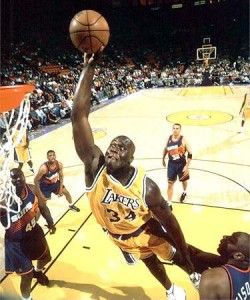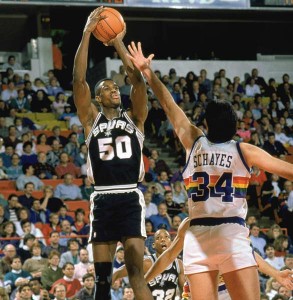My top five baseball managers of all time will not include legends like Joe McCarthy, Connie Mack or even Casey Stengel. McCarthy and Mack don’t qualify since they managed way before my time, and Stengel doesn’t make the list because I only remember him as manager of the hapless expansion Mets in the early 1960s (“Can anybody here play this game?”). My only other recollection of him is his being fired after the Yankees lost the 1960 World Series to Pittsburgh, and that must have been a good decision since his replacement, Ralph Houk, won the next 2 Series titles. I didn’t include any active managers – that might make a good future “list” post. Those who deserve mention but didn’t make the cut include Lou Piniella, Earl Weaver, Tommy Lasorda, Bobby Cox, Whitey Herzog and Gene Mauch. Here are my choices, again, in no particular order:
1. Walter Alston – this guy is the reason why the Dodgers, from their Brooklyn days on into the move to Los Angeles and beyond, were always one of the most stable franchises in baseball – at least they were up until the last couple of years. He managed the club for 23 years and won 7 pennants and 4 World Series titles. He managed the NL to victories in the all star game 7 times. His long tenure as manager of the same team is even more remarkable when you add in the fact that he worked on one-year contracts for the entire 23 years. Alston was elected into Cooperstown in 1983.
2. Sparky Anderson – like Alston, Anderson’s longevity was his trademark, as he managed in the major leagues for 26 years. The difference is he did it with 2 different teams – the Cincinnati Reds and Detroit Tigers. Anderson guided the vaunted “Big Red Machine” to 2 World Series titles in Cincinnati, then won another title with the Tigers in 1984, becoming the first manager to win a World Series in both leagues. Anderson was inducted into the Hall of Fame in 2000.
3. Billy Martin – there was much more to Martin’s managerial career than his celebrated feuds with owner George Steinbrenner and animated arguments with umpires. His stints with the Yankees became almost comical, as he was hired 5 different times as manager there, but he also helped revive a once proud franchise and returned them to glory in the mid-1970s, winning 2 pennants and a World Series. His best attributes as a manager were being a genius on strategy and turning losing teams into instant winners, which he pulled off not only with the Yanks but in Minnesota, Detroit, Texas and Oakland. Martin would probably be considered the best manager of all time had he not battled alcohol problems his entire career, which got him fired at almost every stop.
4. Dick Williams – this is one of baseball’s most under-rated managers. Williams won 2 consecutive World Series titles with the Oakland A’s in the early 1970s, and also had successful runs as a manager prior to that in Boston and after his Oakland years in San Diego. In Boston in 1967, he guided the underdog Red Sox to their first pennant since 1946 and although they lost the World Series to the heavily-favored St. Louis Cardinals in seven games (3 of the 4 losses were to Bob Gibson), it was considered a great job of managing by Williams. He led the talent-laden A’s to their titles, proving he could win with both underdogs and talented players. He managed the Montreal Expos for a short stint, turning that franchise into a winner also, and in 1984 led the Padres into the World Series with another ragtag roster, but they lost the Series to Anderson’s Tigers.
5. Joe Torre – Torre was a good but not spectacular manager in earlier jobs with the Mets, Braves and Cardinals, but found his niche when Steinbrenner hired him to lead the Yankees. His hiring wasn’t popular with the NY media, as they dubbed him “Clueless Joe”, but in 12 seasons as manager, he guided the Yanks to the playoffs every season and restored the Bronx Bombers to prominence, winning 4 World Series titles. It’s possible that Torre’s managing career may not be over, which would mean he’d have to be moved to the “active” list of great managers. If that happens, it would probably be Herzog who replaced him on this list.
